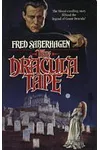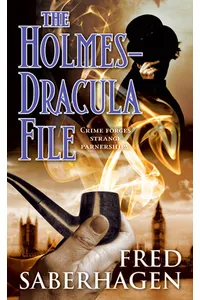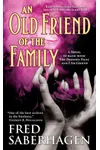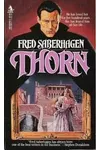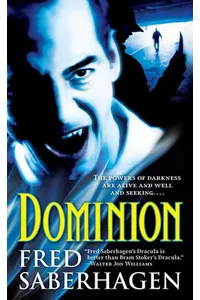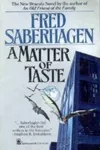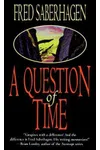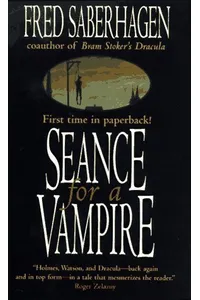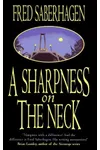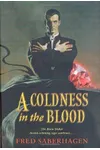Step into the shadowy, thrilling world of Fred Saberhagen’s Dracula series, where vampires aren’t just monsters—they’re complex beings with choices, loyalties, and a knack for shaking up history! This ten-book saga reimagines the iconic Count Dracula as Vlad Tepes, a historical figure turned vampire, weaving a captivating blend of fantasy, horror, and historical fiction that challenges everything you thought you knew about the undead.
Unlike Bram Stoker’s classic, Saberhagen’s series gives Dracula a voice, presenting him as a morally nuanced character who can be both hero and villain. With witty prose, intricate plots, and a cast of historical and literary figures like Sherlock Holmes, this series is a must-read for fans of vampire lore craving something fresh and thought-provoking.
How Dracula Began
Fred Saberhagen, a prolific sci-fi and fantasy author, kicked off the Dracula series in 1975 with The Dracula Tape. Inspired by rereading Stoker’s Dracula, Saberhagen was struck by how little the Count appeared in the original, despite being its heart. He wondered, “What was Dracula thinking while everyone hunted him?” This sparked a retelling from Dracula’s perspective, setting the tone for a series that spans centuries and genres, blending humor, horror, and historical intrigue.
The Heart of Dracula
The series begins with The Dracula Tape (1975), where Dracula narrates his side of Stoker’s story, poking holes in the human characters’ accounts and revealing his love for Mina Harker. It’s a sarcastic, charming reframe that sets Dracula as a misunderstood figure. The Holmes-Dracula File (1978) ups the ante, pairing Dracula with Sherlock Holmes to solve a mystery involving bloodless corpses and a plague threat. Their unlikely alliance is a highlight, blending deductive genius with vampiric flair.
An Old Friend of the Family (1979) shifts to modern Chicago, where Dracula, under the alias Dr. Emile Corday, aids the Southerland family—descendants of Mina—against rogue vampires and the enchantress Morgan Le Fay. Thorn (1980) weaves past and present, exploring Vlad Tepes’ mortal life and a modern quest for a lost portrait of his lover, diving deep into themes of love and loss. The series’ themes—loyalty, moral choice, and the clash between human and supernatural—shine through, set against vivid backdrops from medieval Europe to 20th-century America.
Saberhagen’s style is accessible yet rich, balancing action with introspection. His Dracula is violent yet honorable, a warrior bound by a personal code, making readers question the line between monster and man. The series’ mix of historical accuracy (Vlad’s battles against the Ottoman Empire) and fantastical elements (time travel, Arthurian legends) creates a unique world where vampires are as human as their counterparts.
Why Dracula Resonates
Saberhagen’s Dracula series redefined vampire fiction by humanizing the undead, paving the way for modern takes like Anne Rice’s works or TV’s sympathetic vampires. Its blend of humor, mystery, and historical depth appeals to fans of multiple genres, earning a cult following. Though not as mainstream as Stoker’s original, its innovative perspective and engaging storytelling keep readers hooked, with digital and audiobook editions ensuring accessibility despite print scarcity.
The series’ lasting appeal lies in its bold reimagination of a literary icon. By giving Dracula agency and depth, Saberhagen crafted a saga that’s both a love letter to vampire lore and a challenge to its conventions, inviting readers to see the Count as more than a villain.
- Publication Years: 1975–2002
- Number of Books: 10
- Key Genres: Fantasy, Horror, Historical Fiction
Grab The Dracula Tape and dive into Dracula’s witty, thrilling world! Whether you’re a vampire enthusiast or a history buff, this series promises a fang-tastic adventure you won’t forget!
